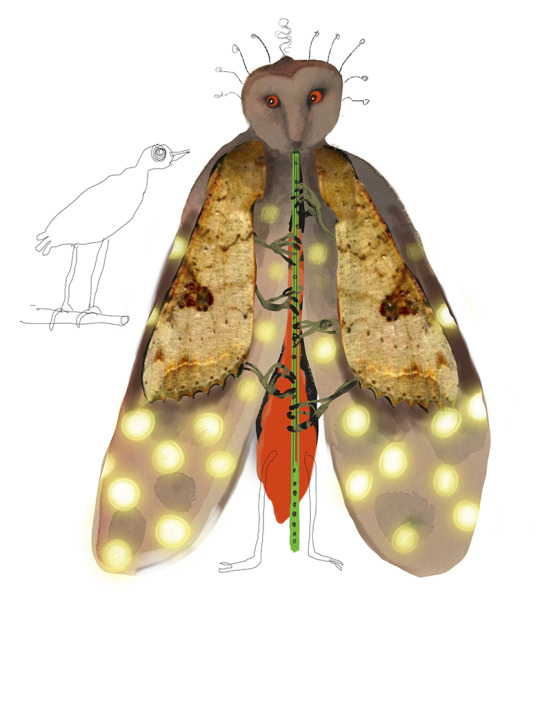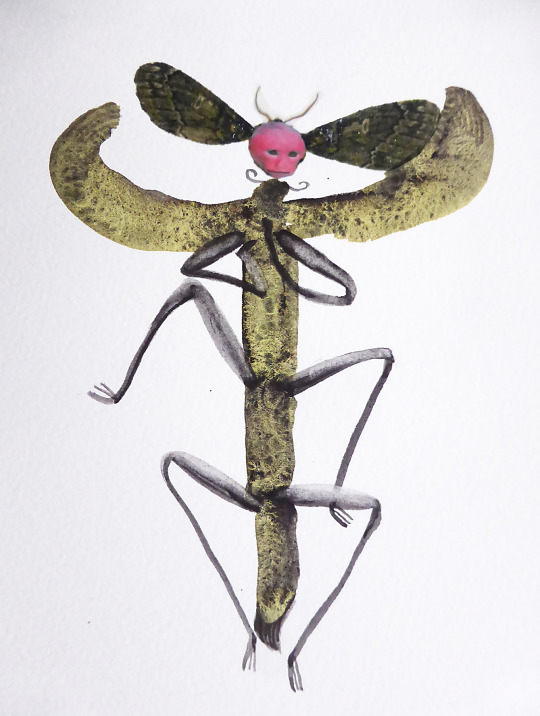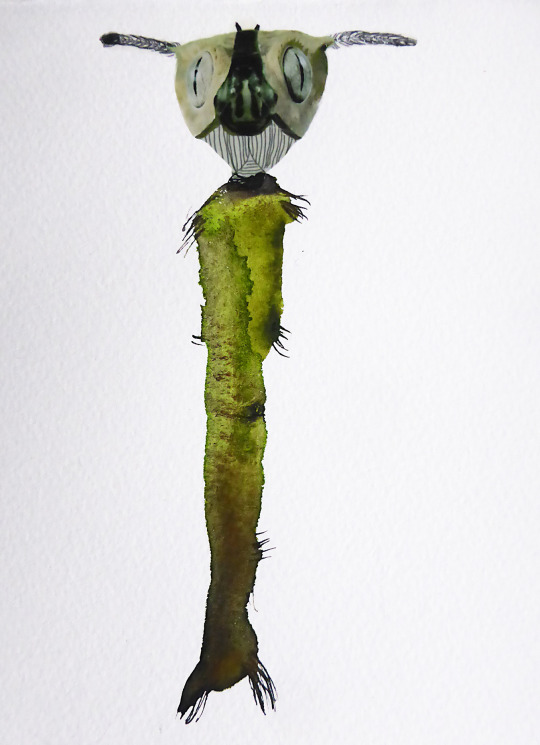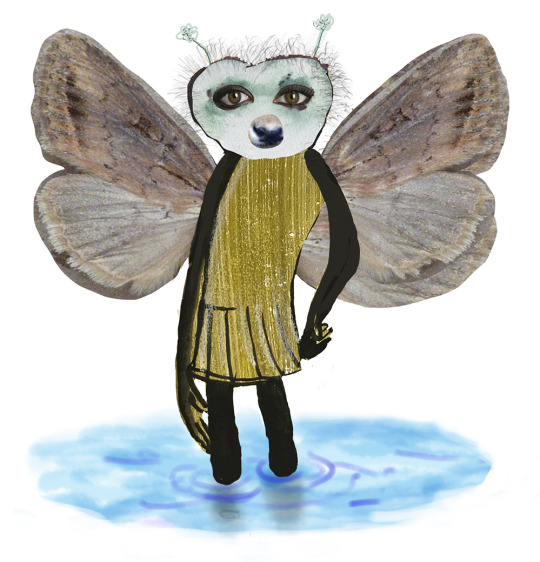#marjan jaspers
Photo

Morning - Marjan Jaspers, 2016
Dutch,b.1949-
Oil on panel , 60 x 60 cm.
133 notes
·
View notes
Note
hi jasper!!!! N, R and T for the alphabet game if you haven't already answered 💜
hi lola !! <333
N - Name three things you wish you saw more or in your main fandom (or a fandom of choice).
I don't know if this is like. what I want to see in canon or more from fics/etc but we'll go vaguely both!
I want to know more about character backstories!! nancy offhandedly mentioned she had a sister ONCE. and you can infer from that scene, her sister is/was sick? please tell me more about her I need to know more about nancy specifically, actually!!! the strands are so fleshed out and carlos is getting there and I love that for them. but I want to see marjans apartment. I want to see nancys apartment. because that can add SO MUCH extra details for characters even without it being explicitly said. I just wanna know more about them altogether tbh
they live in texas. austin is very progressive, but it's still texas. and, as a queer person who lived in texas growing up, there is a severe lack of characters getting shit for being not cishet and white. and like - I'm glad! the characters don't need more shit but it's also so unrealistic? this whole extremely diverse group full of queer and poc characters, and there's rarely anything said about it. in TEXAS. (yes we got that one old lady and the iconic "sure ma'am but I am a homosexual" line. but that was s1) idk I need judd to use his big burly cishet white man privileges and confuse a bigot when he stands up for his family! not that they need it, but the person looks to judd for help and he's like. I'm going to kill you myself, actually.
I want tk covered in more blood doesn't matter who's. it could be his for all I care. thank you<3 (I'll also take him feeling the effects of dying multiple times. his body is FUCKED)
R - Which friendship/platonic relationship is your favorite in fandom?
nancy and tk besties MY FAV. or tk and paul. the queers having their own little group, where they can talk about growing up and finding themselves. I love them<3
T - Do you have any hard and fast headcanons that you will die defending?
answered it already BUT more.
judd, grace, tk & carlos hang out. all the time. tk and carlos are the gay uncles that spoil their godchild. judd & tk watch and play with charlie while carlos and grace gossip and she tries to wiggle her way into helping him with another case bc they're besties
I am also a firm no children for tarlos believer. give them more animals but not a tiny child. many lizards will work
#this is all over the place lmao sorry#sorry to the tarlos should have children people. get well soon#asks#911 lone star
11 notes
·
View notes
Photo
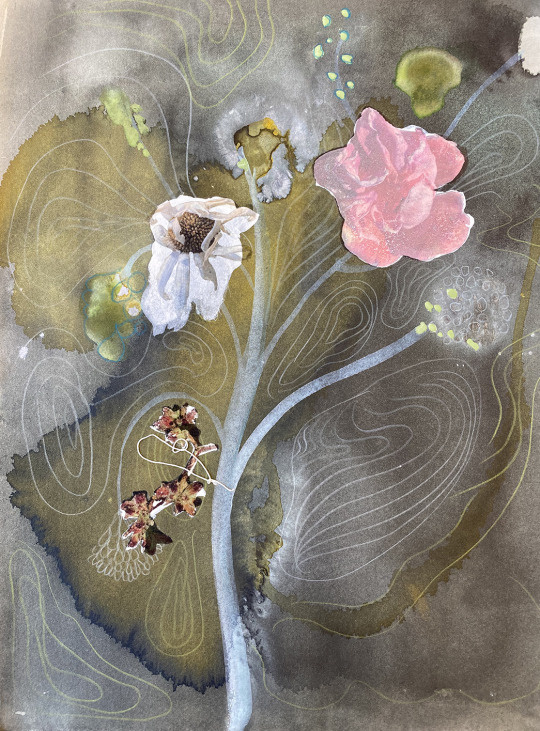

Marjan Jaspers
1. Secret plant life nr. 9
2. Secret plant life nr. 17
317 notes
·
View notes
Photo
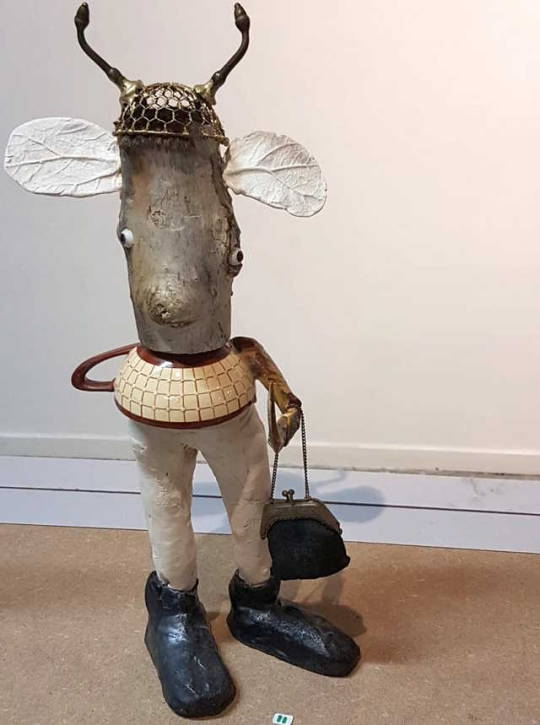
Marjan Jaspers
3 notes
·
View notes
Photo
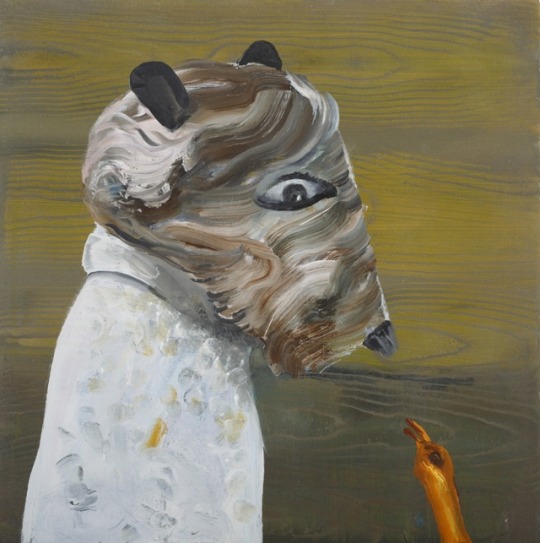
Woeste hond, 2015, Marjan Jaspers
In the exhibition at Galerie Lytse Skientme the animals dominate, unknown animals with human characteristics. Marjan Jaspers paints and repaints until she recognizes the animals and loves them.
“It fascinates me immensely how life forms seem to come from an untenable nothing and take on form. A mysterious process that reveals itself to those who pay attention.” —Marjan Jaspers

Jonge uil, 2018, Marjan Jaspers
—Source for first image
—Source for second image
0 notes
Photo

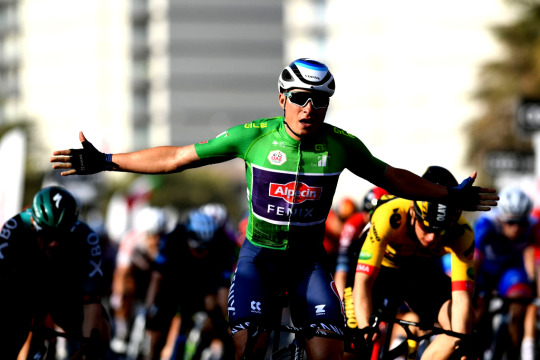
Jasper Philipsen of Belgium and Alpecin-Fenix during the 4th UAE Tour 2022 - Stage 5 a 182km stage from Ras al Khaimah Corniche to Al Marjan Island on February 24, 2022 in Al Marjan, United Arab Emirates. (Photos by Tim de Waele/Getty Images)
11 notes
·
View notes
Note
11, 12, and 25 for the book recs💜💜
Thank you, K :D
a book with a green cover
Here's three of them, because I searched in vain for green covers and came up with nothing. These have SOME green, but none of them are completely green sdl;fksd
Spring Fever by P.G. Wodehouse (another brilliant romcom with brilliant characters and Wodehouse's signature sense of humour)
The Last Dragonslayer by Jasper Fforde
The Stationery Shop by Marjan Kamali (I read the whole book at the store and just stood there crying. An Experience)
a book that mentions food in the title
ALAS I could not find an exact match either, so here are three books that have something to do with food:
North! Or Be Eaten by Andrew Peterson (book 2 in his Wingfeather Saga... the threat in the title refers to many things, one of which is the notoriously murderous toothy cow)
The Candymakers by Wendy Mass (one of my favourite MG books--Muffin is also a big fan of this one)
Japanese Home Cooking by Sonoko Sakai (currently reading!! It's lovely and very informative!)
a book by your favourite author
My WHAT? :O
(Since I've probably mentioned my favourites dozens of times here are a few books by some of my other favourite authors!)
Moominland Midwinter by Tove Jansson
Sense and Sensibility by Jane Austen
The Penderwicks at Point Mouette by Jeanne Birdsall
David Copperfield by Charles Dickens
Adorning the Dark: Thoughts on Community, Calling, and the Mystery of Making by Andrew Peterson
Cotillion by Georgette Heyer
Nicholas St. North and the Battle of the Nightmare King by William Joyce
5 notes
·
View notes
Text
New Post has been published on Haarlem updates
Nieuw bericht op https://www.haarlemupdates.nl/2019/04/05/nieuwe-tentoonstelling-in-kunst-centrum-haarlem/
Nieuwe tentoonstelling in Kunst Centrum Haarlem
Vanaf zaterdag 20 april a.s. zijn in Kunst centrum Haarlem 6 video-schilderijen te zien van Marjan Jaspers. Het transformeren van gebeurtenissen en herinneringen tot nieuwe beelden is het centrale thema in Jaspers werk. Naast deze video-schilderijen zijn in het kunstcentrum ook 16...
#Dubbelspel#Haarlem#Kunst centrum Haarlem#Marjan Jaspers#tentoonstelling#Agenda#Kunst &amp; cultuur#Nieuws
0 notes
Photo

The Green Caravan - Marjan Jaspers, 2017
Dutch,b.1949-
Multi media,
181 notes
·
View notes
Text
undefined
youtube
“A factory farm pig sees a butterfly for the first time in his life and has a dream about beauty and color. It is his last dream.”
Writer/Director: Noam Rabinovitch
Co-Director/Editor: Chris Dainty
Animator/VFX: Bradley Cayford
Animator/VFX: Fabian J. Cuevas
Animator/VFF: Chris Dainty
Animator/VFX: Jennifer Dainty
Animator/VFX: Phil Lockerby
Composer: Marjan Mozetich, Composer
Producer: Noam Rabinovitch, Producer
Production Company: Jasper Films & Dainty Productions Inc,
Funder: BravoFACT
49 notes
·
View notes
Text
2022 UAE Tour: Stage 5 Results
2022 UAE Tour: Stage 5 Results
Jasper Philipsen claimed his second win at the 2022 UAE Tour, organised by Abu Dhabi Sports Council, as he out-sprinted young Dutchman Olav Kooij and Sam Bennett at Al Marjan Island.
Philipsen, who won Stage 1 of the race, also won an intermediate sprint today with 140km to go, taking advantage of echelons in the crosswinds. Unlike runner-up in the GC Filippo Ganna and challenger Adam Yates, both…

View On WordPress
#2022 UAE Tour#Abu Dhabi#Adam Yates#Aleksandr Vlasov#change#cross#Filippo Ganna#Ganna#Gazprom#General classification#green jersey#home#INEOS Grenadiers#Italian#Jasper Philipsen#Max Richeze#Mikkel Bjerg#Rafal Majka#Ras Al Khaimah#Red#Richeze#road#Sam Bennett#speed#Tadej#Tadej Pogacar#UAE Team Emirates#White jersey
0 notes
Photo

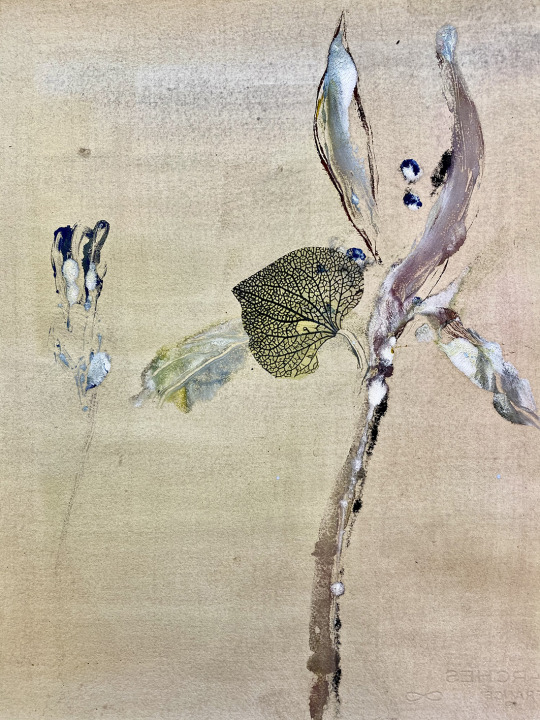
Marjan Jaspers
1. Secret plant life nr. 8
2. Blad met nerven
(Mixed media on cotton paper)
57 notes
·
View notes
Text
The Dezeen guide to plastic in architecture, design and interiors
Thinking of using plastic in your project? Our latest Dezeen guide includes more than 11 types of plastic commonly used in architecture, design and interiors, with links to hundreds of projects for inspiration.
Plastics are among the most versatile materials in existence. Defined by their plasticity, they have long carbon chains called polymers at their backbone and can be moulded, extruded or cast into any desired shape from films to textile fibres.
They can be divided into thermosetting plastics, which never soften once moulded, and thermoplastics, which can be melted and reshaped, making them more suited to recycling.
Plastics "are a co-product of fossil fuels"
Although certain plastics – such as rubber, which is derived from the rubber plant – occur naturally, most modern plastics are synthetic and more than 99 per cent are derived from fossil fuels.
This helps to make plastics more affordable than most other materials and sees them used to create millions of tonnes of single-use items every year.
"Part of why plastics are so cheap is that they are a co-product of fossil fuels," explained designer Charlotte McCurdy, who has created a bioplastic made from algae.
"Petroleum or natural gas is pumped out of the ground and at the refinery, it is broken up into different lengths of molecule and catalytically cracked into useful monomers."
79 per cent of all plastic is dumped in landfills
This refining process yields not just fuels such as gasoline and kerosene but also chemical byproducts such as ethylene and propylene, which are the most important feedstocks used to create plastics.
Once discarded, 79 per cent of all plastic is dumped in landfills or in the environment, where it will remain for thousands of years. Although this contributes to pollution, it also helps to sequester the carbon contained in the materials and prevents it from entering the atmosphere.
But when incinerated, as 12 per cent of all plastic waste is, this carbon is emitted as carbon dioxide.
Taken together, plastic production and incineration were responsible for more than 850 million metric tons of greenhouse-gas emissions in 2019.
However, with growing efforts to decarbonise the economy, non-fossil alternatives are being developed in a bid to meet the ever-increasing demand for plastics in a more sustainable way.
Read on to find out more about the most popular types of plastic and their possible substitutes.
Polyethylene terephthalate (PET)
PET is a strong yet lightweight thermoplastic, originally developed in the 1940s by combining fossil fuel-derived ethylene glycol and terephthalic acid.
The resulting polymer can be blow-moulded to form single-use bottles, stretched into a film for food packaging or spun into fibres to create polyester fabric, which accounts for more than half the world's synthetic fibres.
Designers often make use of PET for its translucent finish, with Marjan van Aubel turning it into solar panels that resemble stained glass windows while Beyond Space created a cavernous interior in an Amsterdam office using a kilometre's worth of semi-sheer polyester.
PET is also the most widely recycled plastic, at which point it is called rPET and can be used to create everything from backpacks (above) to Emeco's Navy chair.
See projects featuring PET ›
High-density polyethylene (HDPE)
HDPE is a variation of polyethylene, the most common type of plastic in use today. While its low-density equivalent LDPE is used to make plastic bags, HDPE is sturdier and more rigid, lending itself to everything from milk jugs to packaging for cleaning products and toiletries.
The material is also used to create plastic bottle caps and even when brands such as Evian claim they've created bottles from "100 per cent recycled plastic", their lid is generally made from virgin HDPE to guarantee durability.
However, the material can ultimately be recycled after use, with architecture firm Bulot+Collins using the waste plastic to form 1,400 thermochromic tiles for a floating diving platform while Space Available and techno DJ Peggy Gou turned 20 kilograms of HDPE collected from Bali's beaches into a chair.
See projects featuring HDPE ›
Polyvinyl chloride (PVC)
Derived from chlorine and ethylene, PVC makes up about 20 per cent of all plastic produced. Due to its strength and durability, the material is commonly used to create pipes, gutters and window frames, which designers have variously recycled into flower vases and cladding (above).
With the addition of a phthalate plasticiser, PVC can be turned into flexible vinyl and used to form flooring, shower curtains and imitation leather. Swiss studio Bureau A made use of the material's pliability to create an inflatable nightclub while Formafantasma played with its translucency in a "deconstructed" stage design for fashion label Sportmax.
Due to additives like phthalate, vinyl is among the least recyclable plastics and has been linked to a number of health concerns. But latex made from the sap of the rubber tree can offer a renewable, plant-based alternative.
See projects featuring PVC ›
Polypropylene (PP)
Polypropylene is derived from propylene gas, a byproduct of the gasoline refining process, and is commonly used to form more rigid, hardwearing items such as Tupperware, kid's toys and outdoor furniture.
Designers began experimenting with the material in the 1950s to create monobloc chairs, injection moulded and formed from a single piece of material. Among the most notable designs are Verner Panton's Panton chair, the Air-Chair by Jasper Morrison and more recently the recycled polypropylene Bell Chair by Konstantin Grcic for Magis, which is manufactured in less than a minute.
The thermoplastic can also be spun into fibres to create surgical masks, which South Korean designer Haneul Kim has recycled to create a series of stackable stools, or used as a 3D-printing filament as in the performance sports tiles on Yinka Ilori's Bank Street Park basketball court.
See projects featuring PP ›
Polycarbonate
Polycarbonate is a thermoplastic with carbonate groups in its chemical structure, making the material exceptionally resistant to impacts and temperature changes.
Often used to create bulletproof windows, it can be engineered to be almost as clear as glass while being lighter and up to 250 times stronger.
Polycarbonate sheets are popular among architects and interiors designers for their ability to maximise natural light while maintaining privacy, as well as improving a building's thermal insulation.
Francesc Rifé Studio used the sheeting to divide an old textile factory into offices for the team behind Michelin-starred restaurant El Bulli while La Shed Architecture clad an entire barn (above) in the translucent material to give cows "a better quality of life".
See projects featuring polycarbonate ›
Polyurethane (PU)
Polyurethanes are a diverse class of plastic polymers derived from isocyanic acid. Most commonly, PU takes the form of a flexible foam used for mattresses and upholstery while a more rigid variety is turned into trainer soles for brands from Adidas to Allbirds.
As a coating, lacquer or varnish, it can waterproof fabrics and protect wooden furniture as well as helping leather alternatives such as Piñatex withstand wear and tear.
Design studio Layer made use of PU's adhesive qualities to create a heat-sealing tape that bonds textiles without the need for stitches. And spun into fibres, it forms the main ingredient in spandex, which is used to make sportswear as well as more boundary-pushing items such as fabric-cast concrete moulds and wearables that can be stuck to the body like plasters (above).
Polyurethanes are not easily recycled and can contain potentially carcinogenic compounds that irritate the skin and respiratory system.
See projects featuring PU ›
Fibreglass
Also known as glass-reinforced plastic or GRP, fibreglass is made by taking thin glass filaments, either loose or woven into cloth, and encasing them within a petrochemical resin.
The composite material is lighter and stronger than steel while being cheaper and more flexible than carbon fibre. As a result, fibreglass is used to create products where performance is key, including skis as well as the rotor blades of helicopters and wind turbines.
Architects have made use of the material to create tall, lightweight structures such as BIG's 2016 Serpentine Pavilion (above), which was formed from 1,900 translucent blocks, and a tubular installation designed by Neri Oxman and erected by a swarm of autonomous robots.
See projects featuring fibreglass ›
Polystyrene
In its original form, polystyrene is a hard, solid resin used to make disposable cutlery. But when solid beads of the plastic are exposed to hot steam, they puff up like popcorn to create expanded polystyrene (EPS) foam, mostly known by its brand name Styrofoam.
The rigid, closed-cell foam is 98 per cent air and has a low thermal conductivity, making EPS a widely used packaging for fragile items as well as for hot foods and drinks.
Once discarded, designers have been able to repurpose this packaging into sculptural chairs and beckoning cats, as well as melting it to create moulds. In architecture, it can be used for insulation or more experimental applications as in ADX's Soil House (above), which features walls of loose soil fixed in place with a foam spray.
See projects featuring polystyrene ›
Acrylic
Acrylic is a catchall term used to describe a range of different resins derived from acrylic acid. These can be suspended in water to create paint or spun into fibres that can be used to make clothing or as precursors for carbon fibre.
When cast into sheets, the thermoplastic is known as plexiglass and used as a low-cost, shatter-resistant alternative for glass due to its exceptional optical clarity. This application was pioneered during the second world war when it was used to form fighter jet windows and submarine periscopes.
More recently, English architecture firm HAL used giant plexiglass panels to form a 35-metre-high swimming pool bridge connecting two buildings in London (above) while designer Christophe Gernigon turned the material into suspended hoods for socially distanced dining.
Furniture made from acrylic can reflect light or disappear into its surroundings, as demonstrated by the see-through counter that Yota Kakuda created for Bake Kitasenju brasserie and Say Architects' ghostly interior for the Lika Lab boutique in Hangzhou.
See projects featuring acrylic ›
Acrylonitrile butadiene styrene (ABS)
Acrylonitrile butadiene styrene, much like polystyrene, is a hard thermoplastic derived from a clear, liquid petrochemical called styrene. In ABS, this is combined with butadiene rubber to create a stronger, more durable material that can withstand compression better than concrete and has been injection moulded to form billions of hardwearing Lego bricks since 1963.
Due to its low melting point and the fact that it can be easily painted and glued, the plastic is also one of the most common additive manufacturing filaments and was used to form the world's first 3D-printed gun.
Extruded ABS pipes are more resilient than their PVC counterparts, making them suitable for constructing sewer systems and being repurposed into a corrugated seating collection by designer Phan Thao Dang (above).
See projects featuring ABS ›
Nylon
As the first fully man-made fibre, created in a US lab in the 1930s, nylon spawned an era of innovation in synthetic fabrics.
Although initially synonymous with stockings, the term nylon has since expanded to include a whole family of plastics composed of polyamides. These can be found in toothbrush bristles, films for food packaging and moulded components in cars and electronics.
However, the material's primary application remains in fibres, with SO-IL using nylon webbing to form a colourful hammock around 130 trees and Studio Drift crafting it into a kinetic sculpture for the Dutch National Touring Opera (above).
In recent years, a number of fashion brands including Prada have moved from virgin to regenerated nylon, also known under the brand name Econyl, in a bid to mitigate the material's environmental impact. Rayon can offer an alternative that is based on plant-based cellulose fibres rather than fossil fuels.
See projects featuring nylon ›
Plastic alternatives
With growing concerns around pollution and efforts to create a circular economy not reliant on fossil fuels, architects and designers are increasingly looking to substitute virgin and petroleum-based plastics for more sustainable alternatives.
This includes recycled plastic, which presents a huge source of untapped potential as only nine per cent of the 8.3 billion tonnes of plastic waste produced across the world have so far been turned into new products.
The material can be sourced from recycling plants or companies such as The Ocean Cleanup and Parley for the Oceans, which are fishing marine plastic from our oceans and waterways before teaming up with brands to turn it into sunglasses, trainers and more.
Bioplastics that use natural materials rather than crude oil as feedstocks present another possible alternative. Polylactic acid (PLA), the most common type of bioplastic, is generally made from corn starch or sugar cane while others are derived from algae or chitin.
Many are designed to be compostable or biodegradable under specific conditions to reduce the amount of plastic waste in the environment, although some experts have raised concerns that this could ultimately lead to soil and water acidification.
The post The Dezeen guide to plastic in architecture, design and interiors appeared first on Dezeen.
0 notes


